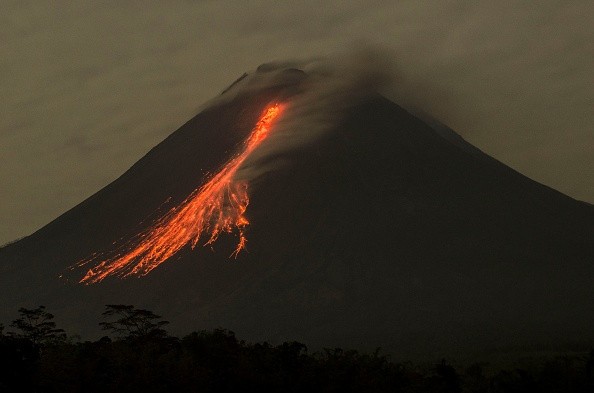The Krafla volcano is one of the most impressive natural wonders in Iceland, with its vast crater lake of blue water, plumes of smoke, and sulfurous bubbling of dirt and gases.

Purpose of the 2024 Drill
A team of international experts is prepared to drill two kilometers (1.2 miles) into the core of the volcano in the country's northeast, a Jules Verne-style project whose goal is to create the first underground magma observatory in the world, according to Science Alert.
The $100 million projects, which was launched in 2014 and is expected to begin drilling in 2024, brings together scientists and engineers from 38 research institutions and firms from 11 nations, including the United States, the UK, and France.
The team behind the "Krafla Magma Testbed" (KMT) wants to dig into the magma chamber of the volcano. The molten rock under the surface, unlike the lava that erupted above ground, remains a mystery.
According to Paolo Papale, a volcanologist at the Italian National Institute for Geophysics and Volcanology (INGV), the KMT is the world's first magma observatory.
Researchers believe that the initiative will lead to advancements in fundamental science and "super-hot rock" geothermal power. They also seek to get a better understanding of volcanic forecasting and dangers.
"Knowing where the magma is located... is vital" in order to be prepared for an eruption. "Without that, we are nearly blind," says Papale.
Result of an Unexpected Discovery
The magma observatory, like many scientific discoveries, was the outcome of an unexpected finding. A bore drill accidentally struck a pocket of 900-degree-Celsius (1,650-degree-Fahrenheit) magma at a depth of 2.1 kilometers in 2009, while engineers were expanding Krafla's geothermal power plant.
The borehole erupted in flames, and lava surged nine meters up the well, ruining the drilling material. However, no eruption occurred, and no one was injured.
Volcanologists discovered they were close to a magma pocket with a capacity of 500 million cubic meters. Scientists were surprised to discover magma so close to the surface; they anticipated to have to dig to a depth of 4.5 kilometers before that happened.
The magma showed comparable qualities to those of a 1724 eruption, indicating that it was at least 300 years old, according to studies.
Hope For a New Technology
The site's location was also fortunate for Landsvirkjun, the national power organization that manages it. The rock reaches such high temperatures so near to liquid magma that the fluids become "supercritical," a condition halfway between liquid and gas.
The energy generated is five to ten times stronger than in a traditional borehole. The steam that surged to the surface during the occurrence reached 450 degrees Celsius, the highest volcanic steam temperature ever recorded.
The plant's 60-megawatt capacity, which is now fed by 18 boreholes, could be generated with only two supercritical wells.
The KMT project, according to Landsvirkjun's director of geothermal operations and resource management, Vordis Eiriksdottir, will lead to new technologies to be able to dig deeper and also capture this energy that they have not been able to accomplish previously.
However, drilling in such a harsh environment is technically difficult. The materials must be able to withstand the super-heated steam's corrosion. And the likelihood that the operation would cause a volcanic explosion is something one would naturally be concerned about, says John Eichelberger, a geophysicist at the University of Alaska Fairbanks and one of the project's creators.
Related Article : New Sensors Help Detect and Predict Volcanic Eruptions
For more news, updates about volcanoes and similar topics don't forget to follow Nature World News!
© 2025 NatureWorldNews.com All rights reserved. Do not reproduce without permission.





